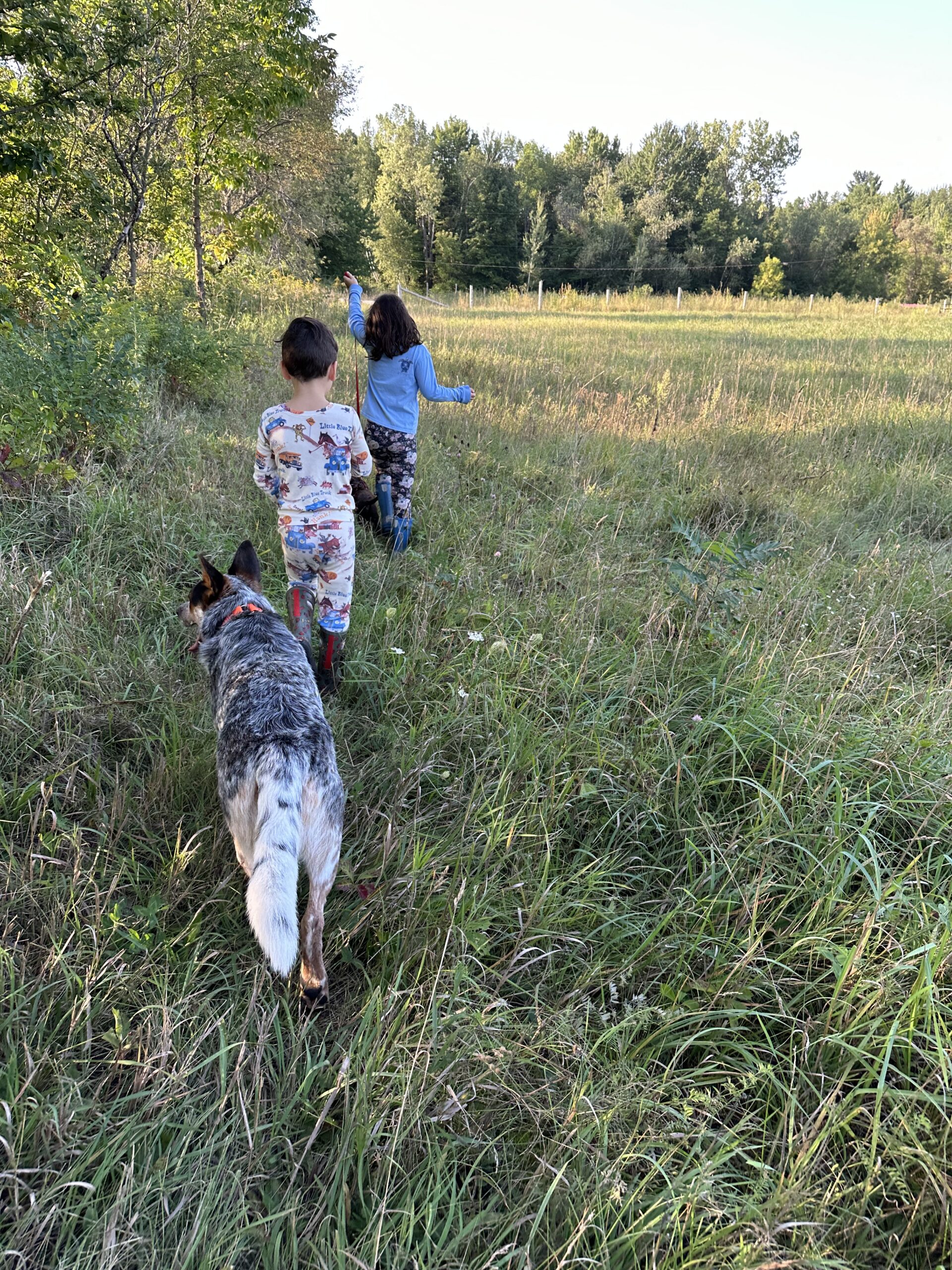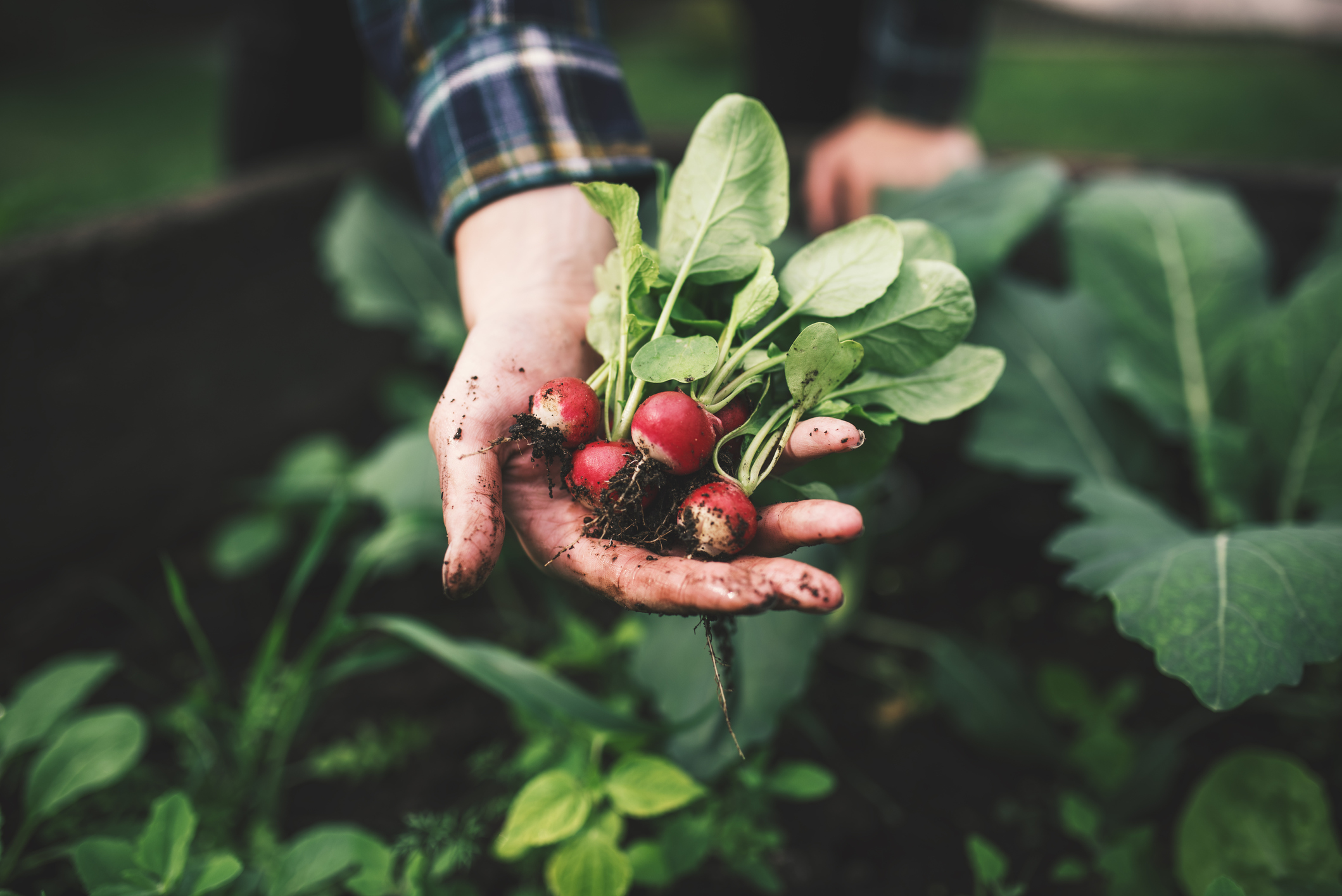Top Ten Flowers to Grow from Seed (When Starting a Cut Flower Garden)
We started this whole farm venture with vegetables (I mean, if you don’t count the horses, pigs and chickens…). As we get a little further into the farm, we’ve decided to add cut flowers to the mix. We look forward to planting tulips come fall, but for now we’ve started with some simple flowers that were manageable enough to throw into our planting lineup. They’re an easy sell at the farm stand–and the little pop of colour really helps drive people to our booth.
Are you thinking of starting a flower garden? Here are some of the flowers that we started with:
Celosia (Amaranthaceae): Also known as cock’s comb, Celosias come from the Amaranth family. Annuals, this decorative flower adds texture to both garden beds and smaller bouquets, while being easy to grow from seed—which is great news for beginners. Bonus? They are edible.
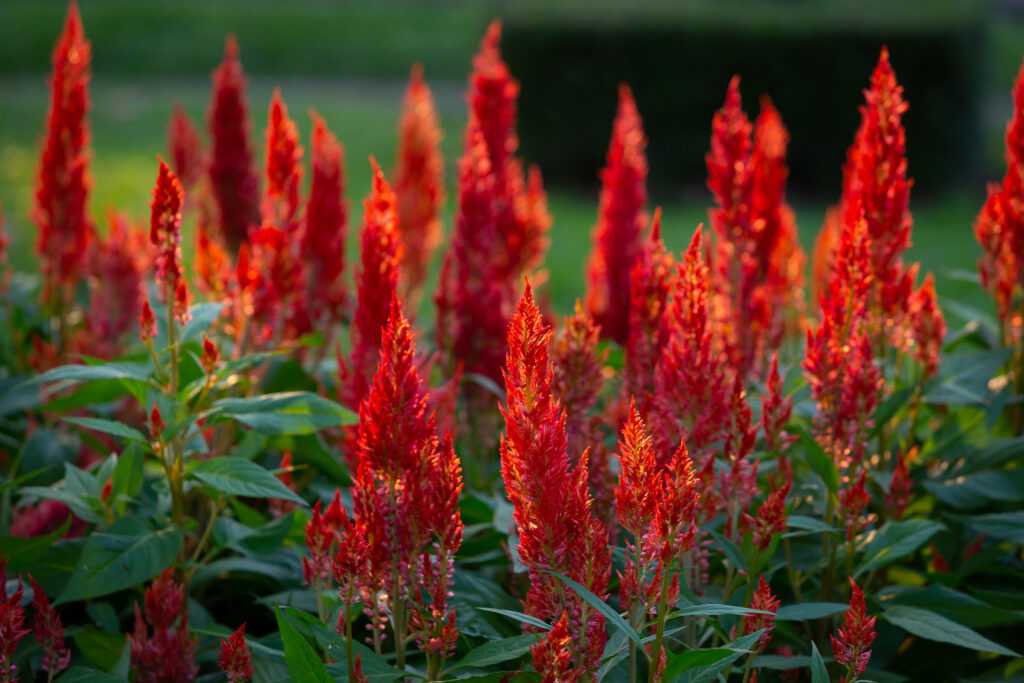
Snapdragons (Antirrhinum majus): I’m so excited to grow these this summer! I started them from seed in April, using the greenhouse as opposed to growing them under my grow lights (which I do with our tomatoes, cukes and eggplants) and they sprouted marvellously, even with the surprise freezes we had. I’m curious to see the colours develop, and these guys can pop up in every colour (except blue, interestingly enough). Another annual, they also need to be deadheaded (removal of wilted blooms) to increase productivity.
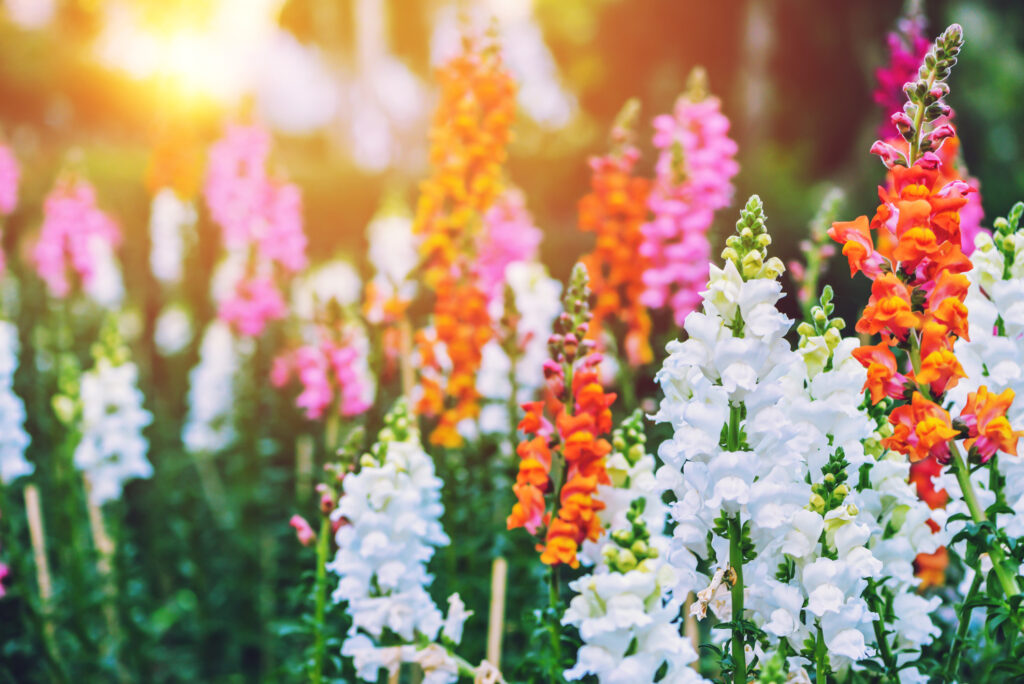
Sage (Salvia officinalis): I’m addicted to adding perennials our garden, especially multi-purpose ones like sage. It stands as an herb, smells amazing and produces a beautiful little purple flower, while the leaves have a subtle velvety feel which adds texture to any bouquet. It smells lovely—which makes sense, given that this Mediterranean herb is a close relative of oregano, lavender (some of my other favourite perennials) and mint!
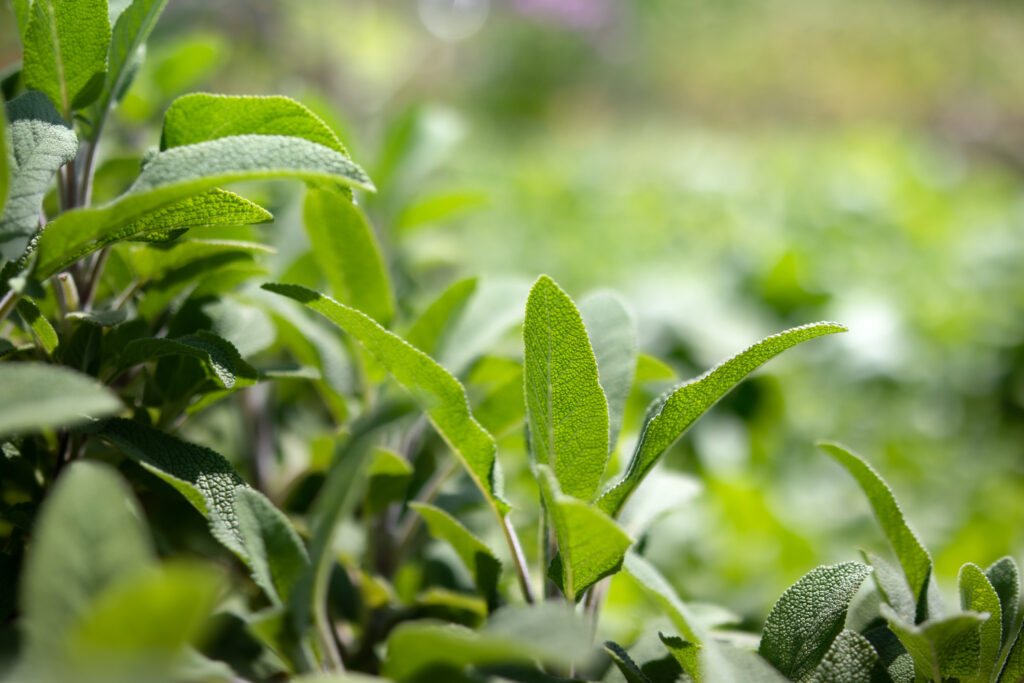
Dill (Anethum graveolens): As you can probably tell, I’m big fan of multi-purpose flowers, especially herbs. We sell dill as an herb on the farm, and now use the flowers for bouquets. We also use it to pickle our cucumbers when the time comes.
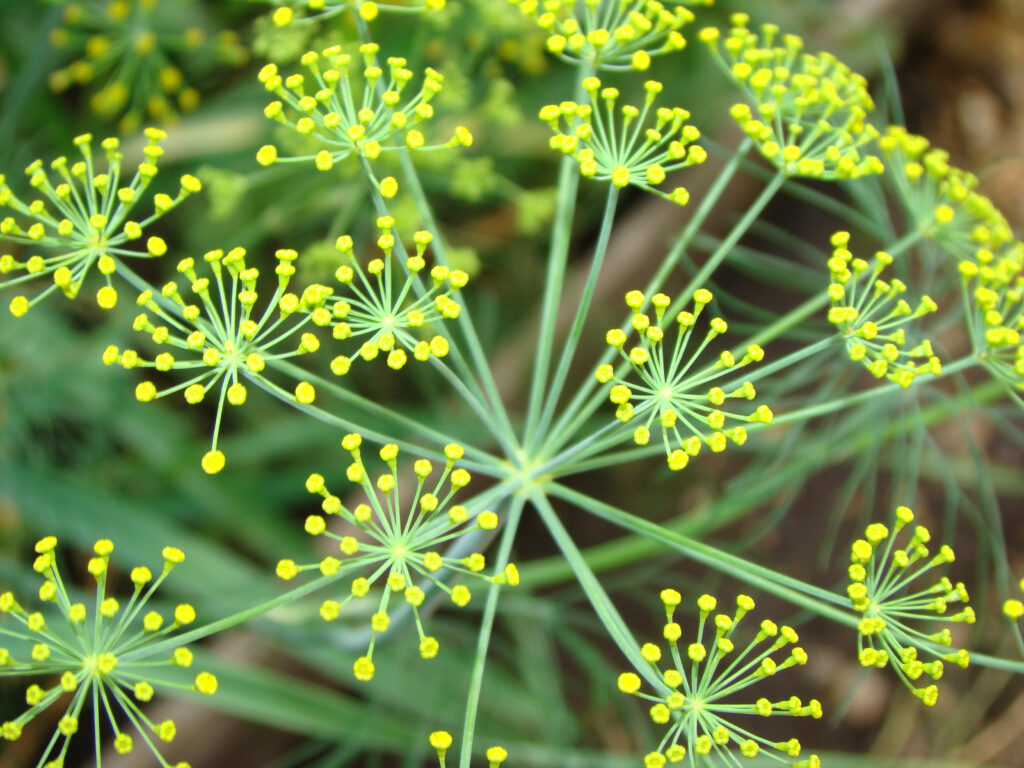
Zinnia (Asteraceae): An annual, these single stem flowers are also easy to start from seed. They produce multi-colored flowers, growing best in full sun (and a particular favourite of butterflies). They are suited to higher-volume gardens, as they keep producing blooms as long as they are deadheaded.
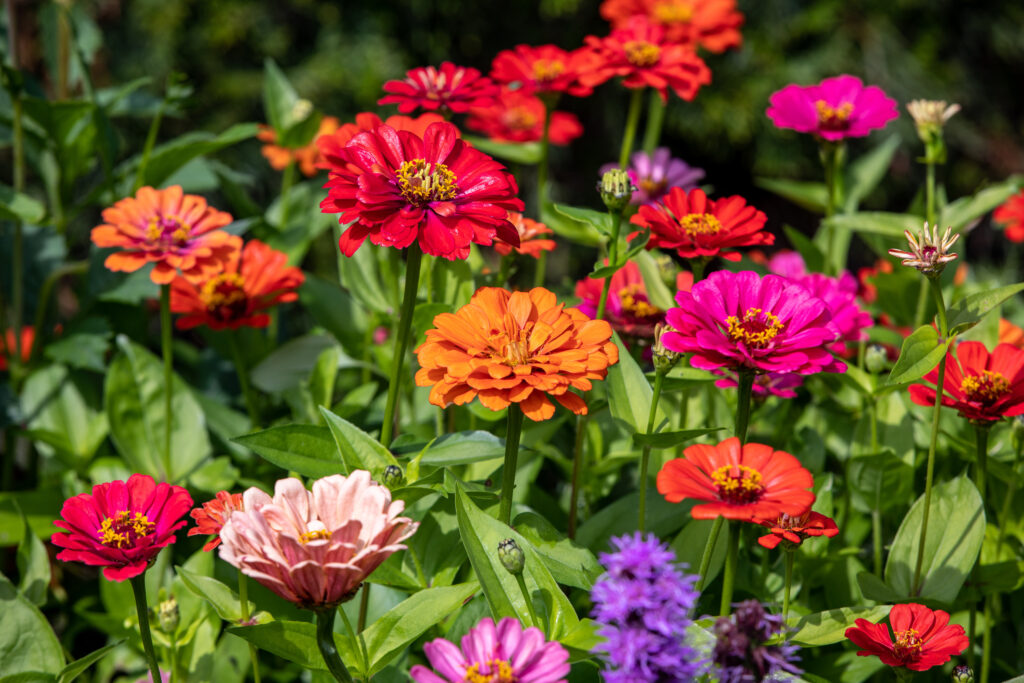
Sunflowers (Helianthus annuus): We raise Mangalitsa pigs here on Old Wood Hollow, so my favourite flowers are the ones that are edible—especially ones that the pigs like to eat. Sunflowers are particularly hardy as long as they have full sun. Harvesting them can be a little more challenging, but their long shelf time makes it worth it.
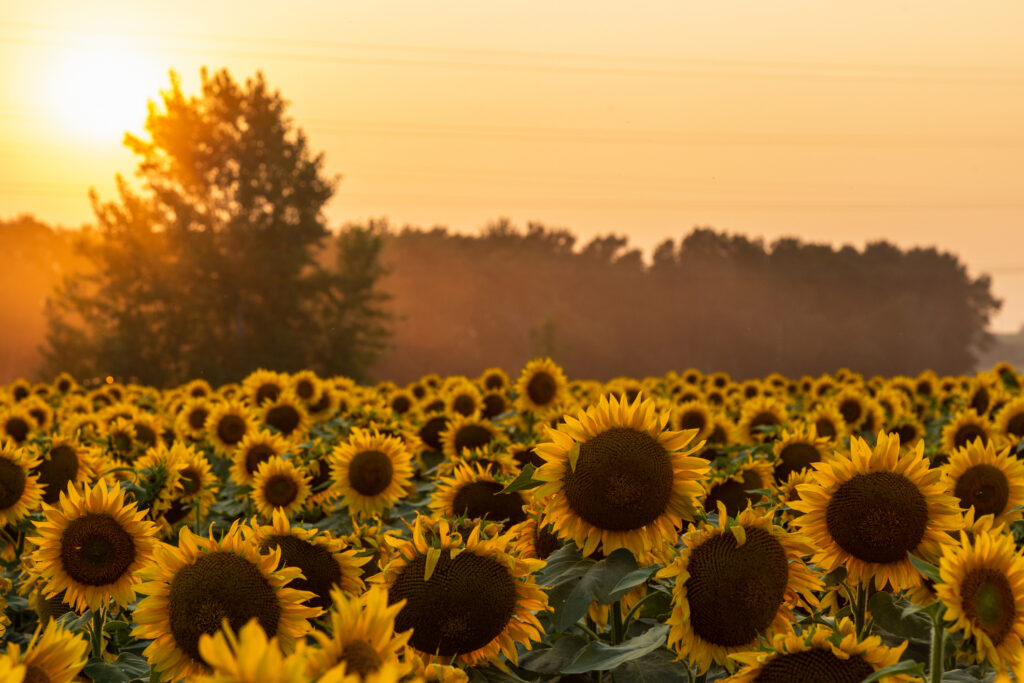
Rudbeckia (Rudbeckia triloba): These flowers are better known as a wildflower in our parts (Southwest QC), but they are grown for bouquets. Commonly called Black Eyed Susans, these delicate and hardy flowers add a bright spot to any garden. We have them growing wild in our hay fields, so whenever the day gets a little long, I take a stroll out there and pick some.
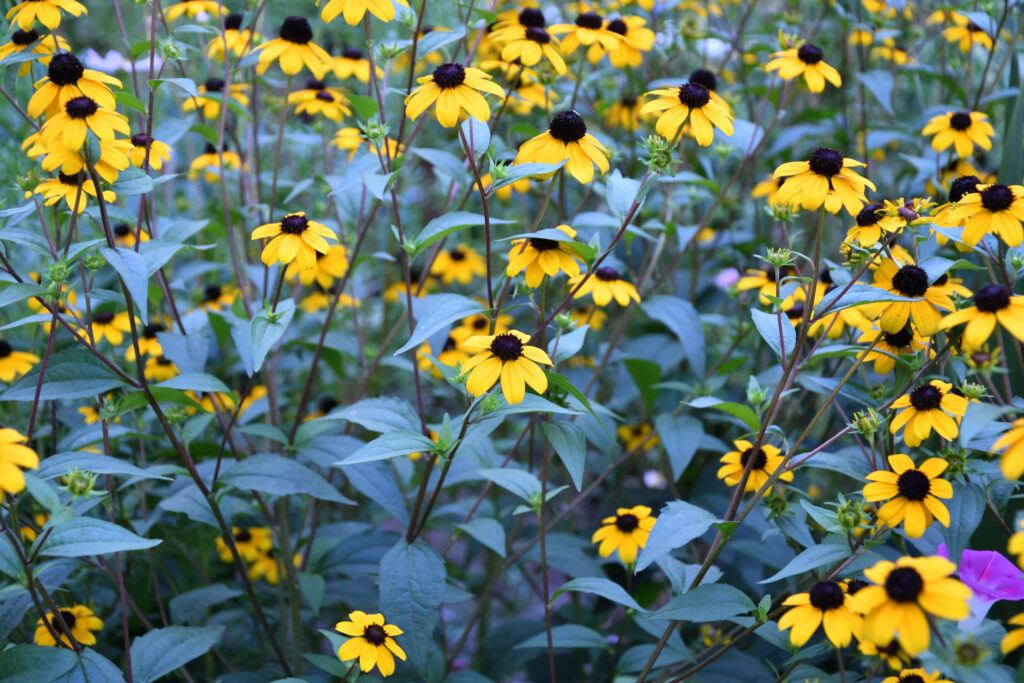
Cosmos (Cosmos bipinnatus): While these plants are not considered a perennial, they will reseed in the garden if you leave the flowers to dry out. They are also very easy to grow, which is why they are a great flower to start with. They can get quite tall and bushy, which makes them a great filler for the garden too, while providing a nice twist on the standard daisy.
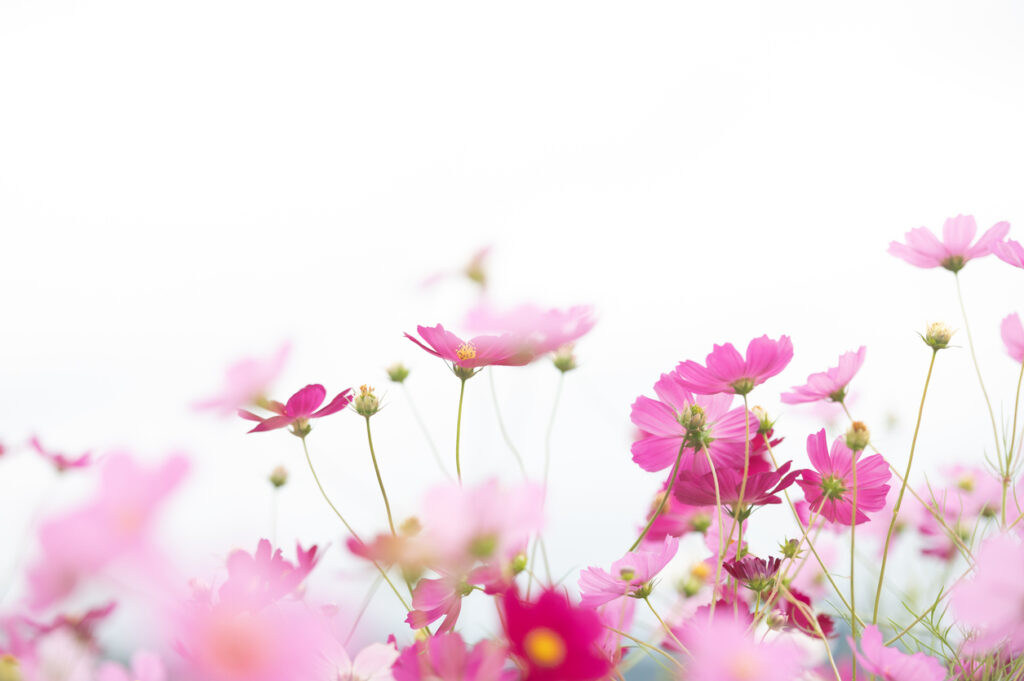
Sweet Peas (Lathyrus odoratus): I didn’t get a chance to try growing these this year because seed stock was so low that my seeds didn’t arrive in time—and the key to growing sweet peas is to sow them early as they can be slow to germinate. They are hardy enough to grow in our cooler climate, producing delicate, vibrant flowers.
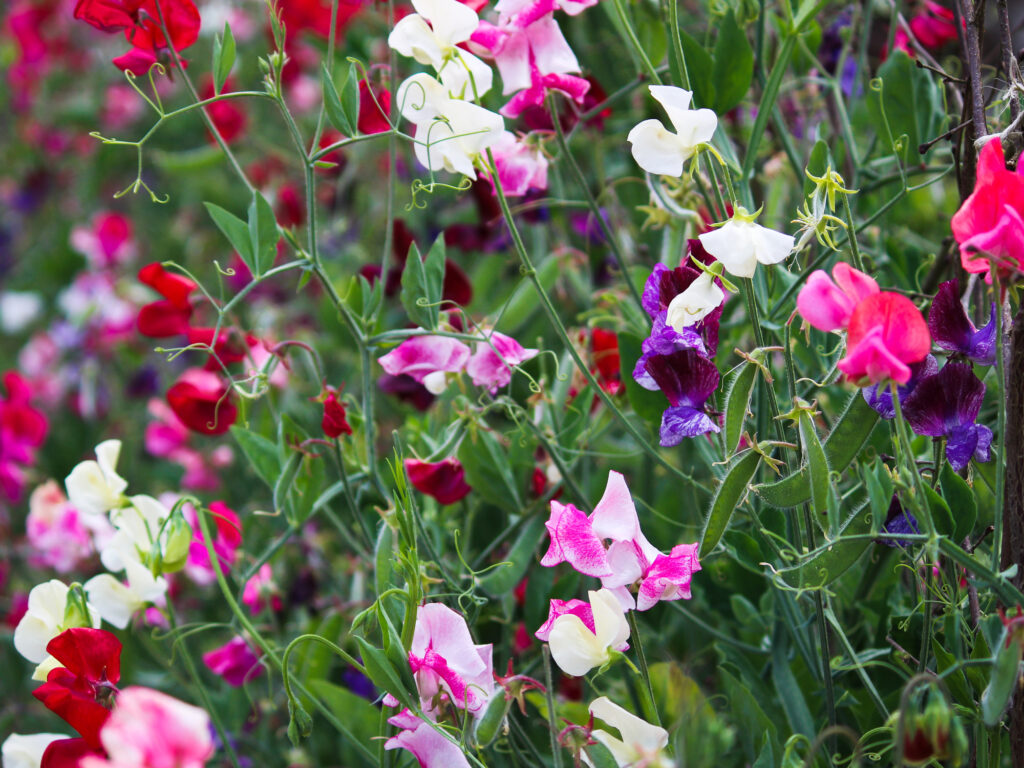
Lisianthus: This was a tougher plant for me to grow, as it tends to be a more delicate flower, favouring greenhouse growth. Typically a perennial, this trendier flower presents more like an annual in our particular zone. If you can master it though, it’s worth it considering the beauty of these tender blooms. I always like to try at least one difficult flower a year to up my experience, so don’t be shy to try taking on a more difficult flower too!
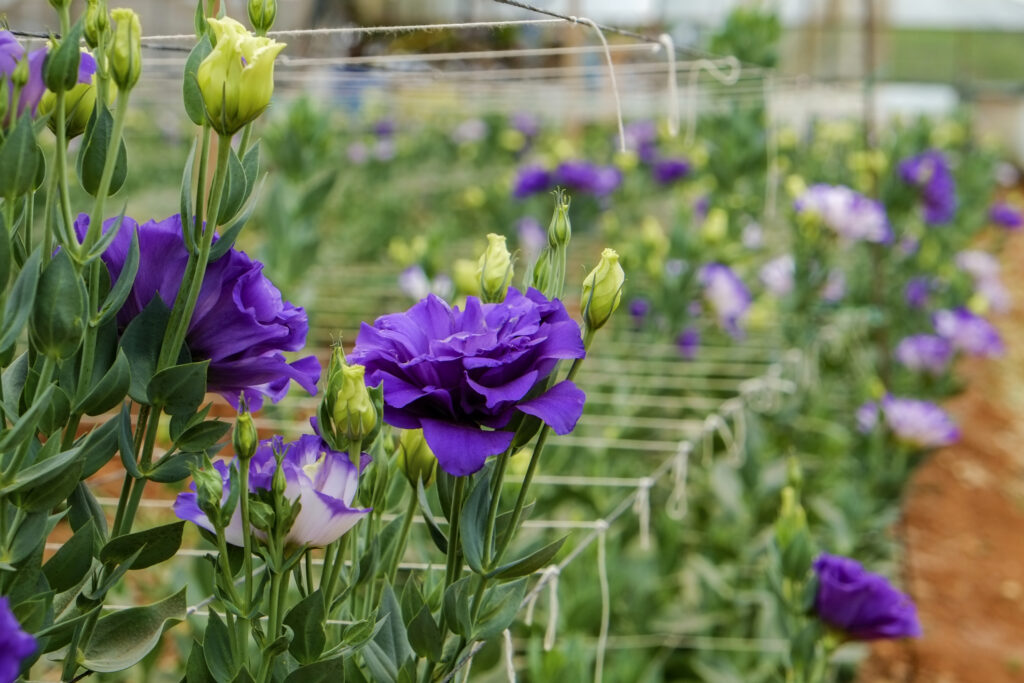
You May Also Like
May Essay: On Why I Chose Country Living
25 May 2022Do Pigs Like Mud?
23 November 2021